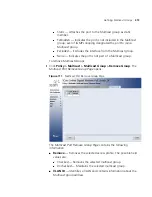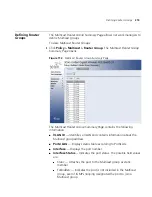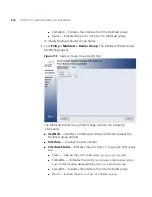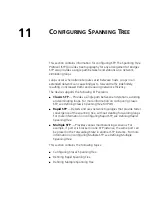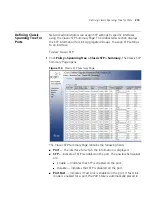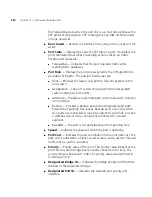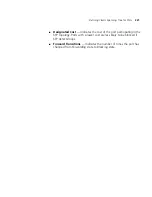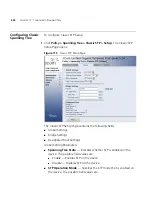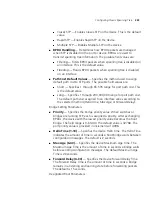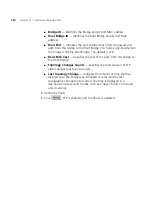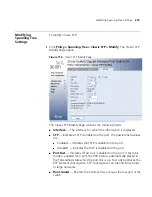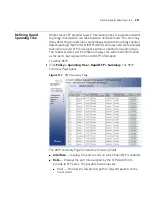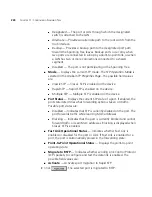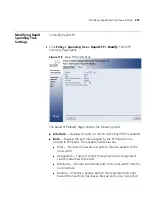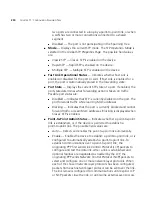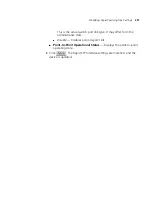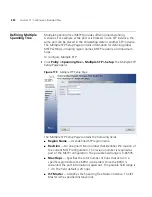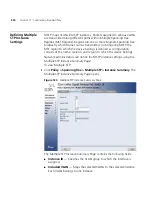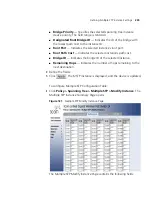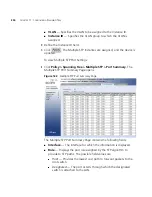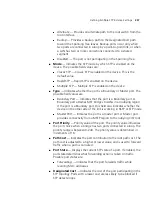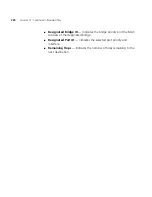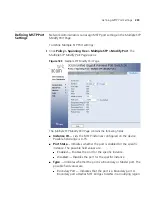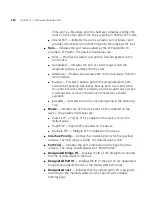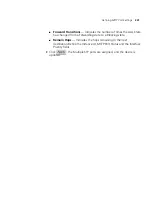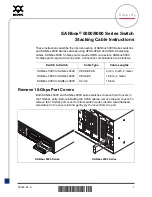
226
C
HAPTER
11: C
ONFIGURING
S
PANNING
T
REE
■
Port State
— Displays the current STP state of a port. If enabled, the
port state determines what forwarding action is taken on traffic.
Possible port states are:
■
Forwarding
— Indicates that the port forwards traffic while
learning MAC addresses.
■
Speed
— Indicates the speed at which the port is operating.
■
Default Path Cost
— Indicates that default path cost is enabled.
■
Path Cost
— Indicates the port contribution to the root path cost. The
path cost is adjusted to a higher or lower value, and is used to forward
traffic when a path is re-routed. The field range is 1-200,000,000
.
■
Priority
— Priority value of the port. The priority value influences the
port choice when a bridge has two ports connected in a loop. The
priority value is between 0 -240. The priority value is determined in
increments of 16.
■
Designated Bridge ID
— Indicates the bridge priority and the MAC
Address of the designated bridge.
■
Designated Port ID
— Indicates the selected port priority and
interface.
■
Designated Cost
— Indicates the cost of the port participating in the
STP topology. Ports with a lower cost are less likely to be blocked if
STP detects loops.
2
Define the fields.
3
Click
. Classic STP is modified on the interface, and the device is
updated.
Summary of Contents for 3CRUS2475 24
Page 137: ...Defining LAG Membership 137...
Page 139: ...139 Defining Voice VLAN Defining GVRP...
Page 194: ...194 CHAPTER 9 CONFIGURING IP INFORMATION Static Indicates the ARP entry is a static entry...
Page 197: ...Defining ARP Interface Settings 197 Unchecked Maintains the current ARP entries...
Page 321: ...320 APPENDIX C TROUBLESHOOTING...
Page 329: ...328 APPENDIX GLOSSARY...


